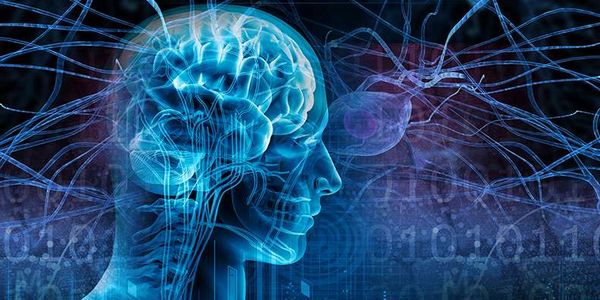Neirolepticeski Malignant Syndrome-treatment. Symptoms and prevention of the disease neirolepticeski Malignant Syndrome

Neuroleptic malignant syndrome (NMS) is one of the most dangerous complications of Neuroleptic therapy, often resulting in fatal patients with schizophrenia.
Neirolepticeski Malignant Syndrome-causes
CSN usually develops on the 2-3 week beginning neuroleptic therapy and most frequently when applying powerful doses with marked General and electoral antipsihoticheskim activity and high ekstrapiramidna activity, such as tioprolerazin (mazheptil), haloperidol, trifluoperazine (trifluoperazine) and etc.
Neirolepticeski malignant syndrome can occur at any age, but is most commonly seen in young men. CSN is described in patients with various psychiatric diagnoses (schizophrenia, affective psychoses, delirium tremens, neurosis, mental retardation). Risk factors are interkurrentnaja CSN infection, physical exhaustion, violations of water-electrolyte balance (primarily dehydration or hyponatremia), thyroid dysfunction, organic disease of CENTRAL NERVOUS SYSTEM. Describes cases of CSN after canceling holinolitikov, However, they did not warn the CSN.
Neirolepticeski Malignant Syndrome-Symptoms
The first symptoms of malignant neuroleptic syndrome is characterized by the emergence of extrapyramidal symptoms as akineto dosage or dosage giperkineto syndromes with simultaneous exacerbation of psychotic on jekstrapiramidno-psihoticheskomu type with a predominance of katatonicheskih disorders (stupor with catalepsy or negativity). When weighting the status, increasing somatic violations, strengthening of hyperthermia is a change of endogenous – onejroidno-katatonicheskih disorders exogenous – amentivnymi and soporozno-komatoznymi.
Neirolepticeski Malignant Syndrome-Diagnosis
In the overall analysis of blood marked characteristic changes, that along with the clinical symptoms can be used to diagnose. Characteristic is the increase in ESR before 15-70 mm / h, percentage reduction in the number of lymphocytes to 3-17 with a slight Leukocytosis, reduction of serum protein prior to 45-65 g / l, increased levels of urea to 5,8-12,3 mmol/l and creatinine to 0,15 mmol / l.
Neirolepticeski malignant syndrome — the kinds of diseases
CSN is more often described in schizophrenia and affective psychosis, but can occur and in patients with other diseases (dementia, delirium tremens, oligofrenia, Parkinson's disease, Huntington's chorea, Wilson's disease, striatonigralnoj degeneration, When other neurological pathology), as well as in healthy individuals when assigning them antipsychotics or other dopaminugnetajushhih drugs, or when receiving dopamine agonists is interrupted.
Neirolepticeski Malignant Syndrome-Treatment
Treatment consists in withdrawal, caused neirolepticeski syndrome, If you cannot cancel the selection of substitution treatment or reducing the dose. Appointed by benzodiazepines, amantadin, antispasmodics, vitamins, anticonvulsants, correction is carried out of existing violations of breath, hemodynamics, acid-base balance.
Neirolepticeski Malignant Syndrome-Complications
NMS, usually, evolving from the first symptoms to peak within 1-2-3 Nights. Sometimes there is a lightning-fast development, from first signs up to the height of passes just a few hours. Lightning-quick form especially fatal.
Neirolepticeski Malignant Syndrome-Prevention
If mental disorders, over which a nejrolepticheskaja therapy, require its resumption after suffering an episode of CSN, repeated treatment antipsihotikami should be carried out only with the full disappearance of all the symptoms of complications.
Resumption of therapy should take place under strict clinical supervision to prevent recurrence of malignant neuroleptic syndrome.
